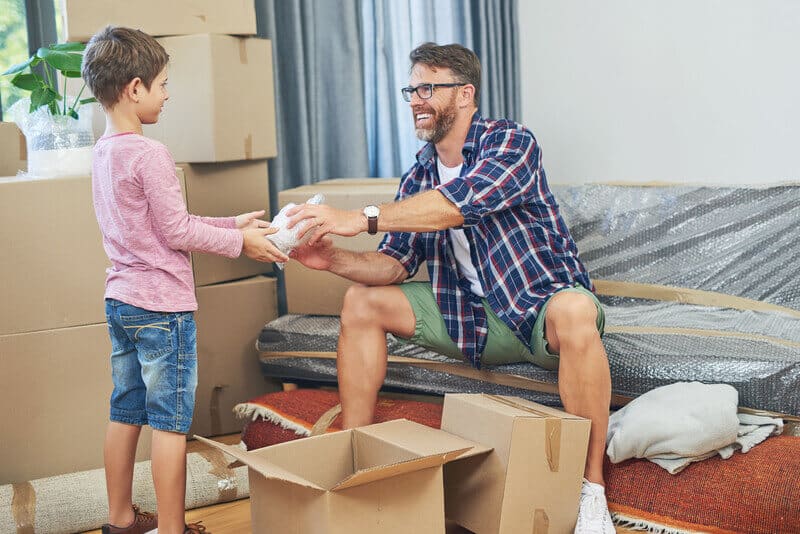
Prefer not to leave your phone number?
No problem!
Schedule an Appointment at your Convenience
(Only email is required)
Schedule an AppointmentOr Call Now
844-545-1881By: Last Updated: Jan 01, 2025
If you’re planning a move, one of the first things to consider is a plan of action to pack your house. Here, we’ll give you a full in depth guide on packing your house for your big move.

Generally speaking, packing your house should take anywhere from 3-6 weeks. This covers everything from the pre-packing phase, to packing everything up, and getting it safely transported.
There’s also a lot of other factors to consider such as donating items, figuring out if certain items need to be specially packed, and how to save the most amount of time possible.
Before anything gets packed, gather all of your supplies together in one space. These supplies include but are not limited to tape, boxes, bubble wrap, packing peanuts, and dollys.
Having these items beforehand will make your life a whole lot easier when it comes to packing.
This includes a short period of time where you develop a rough game plan on how you’re going to pack your belongings up.
This includes calling friends to help, starting to donate things that won’t go with you, and finding the right moving company.
The best way to pack your home is to go room by room, but since each room is different and will require certain packing techniques, here’s some quick tips for packing each room.
When moving items that run the risk of getting broken, damaged, or damaging other items, you can pack them with a few tricks to minimize the risk of any damage to your stuff.
Leave a small amount of extra room and protect these items with packing peanuts or bubble wrap, and label the boxes as fragile, so your moving company knows to handle them with care.
If you have the ability to dismantle larger items such as furniture, it’s the safest bet to guarantee your couch, bed, or chairs remain undamaged throughout the moving process.
If an item cannot be dismantled, you can use furniture pads or bubble wrap to protect the item from any damage.
When moving, time management should be your number one priority. It will minimize the amount of work you and the moving company have to do, and will overall make your moving process so much easier.
Follow these three simple steps to save the most amount of time possible while packing your home.
After you’ve packed each room, do a clean sweep and make sure everything is packed and ready to go. It’s like checking out of a hotel – you have to double check that you have everything.
Did you call your utilities provider and make sure you won’t receive any future billings? Did you secure doors and drawers on your dressers and closet so they won’t get damaged during transit? Did you properly pack all fragile items to prevent damage?
These are all great questions to ask yourself as final touching points that will help your move be seamless and easy.
At the end of the day, it’s your moving company’s job to transport your belongings safely to your new home, but it’s your job to pack them properly to help your moving company do so. The more time you put into properly packing your house, the better experience you’ll have moving.